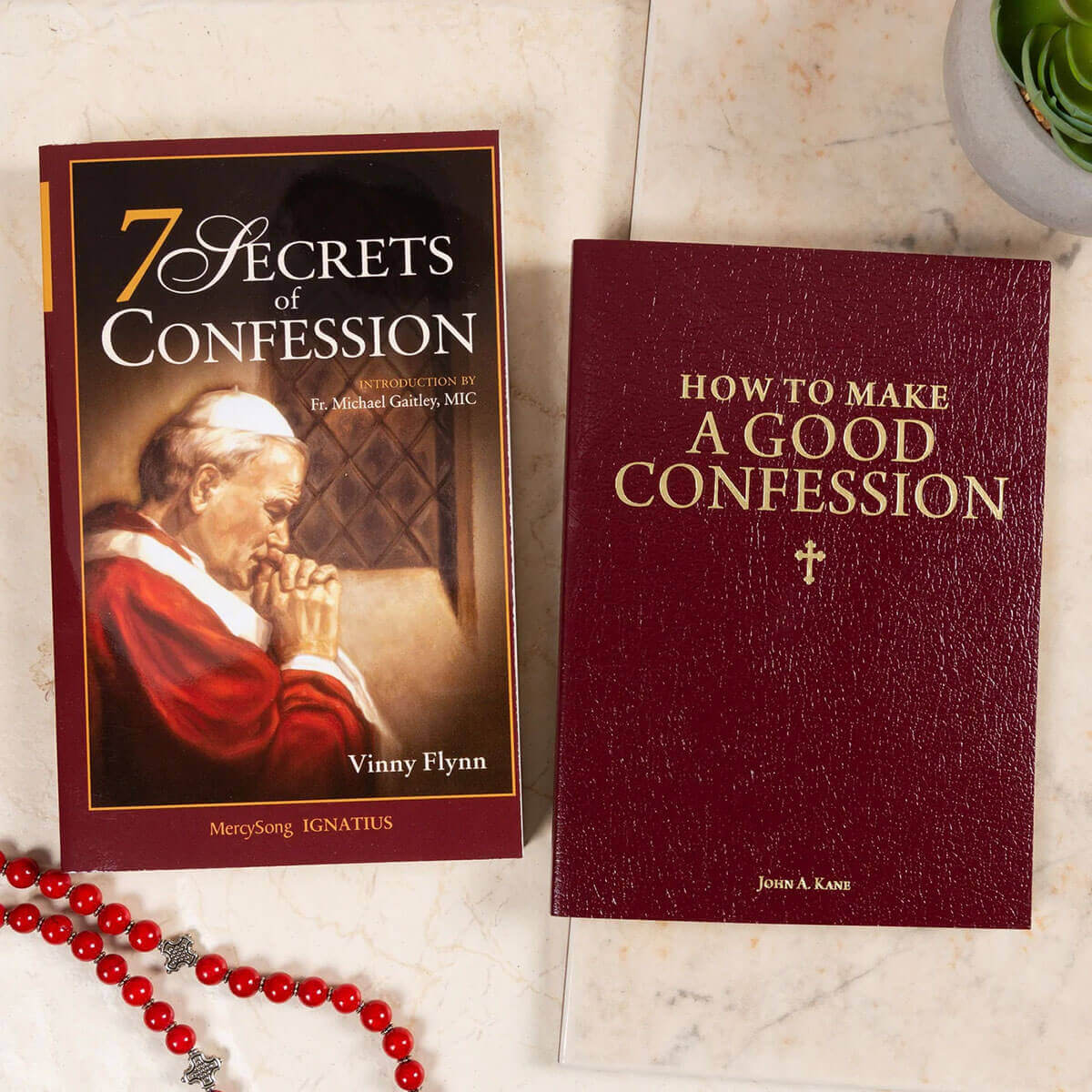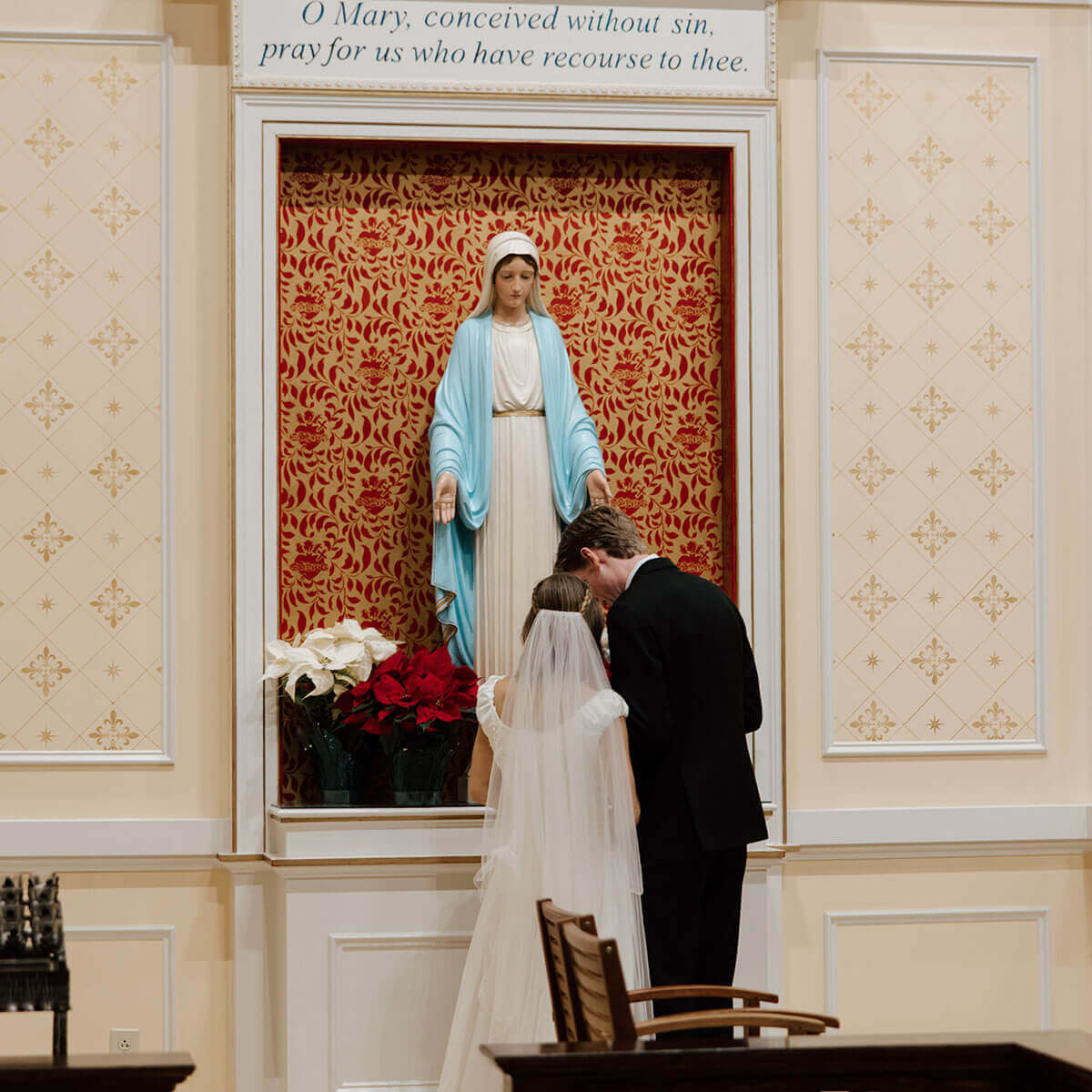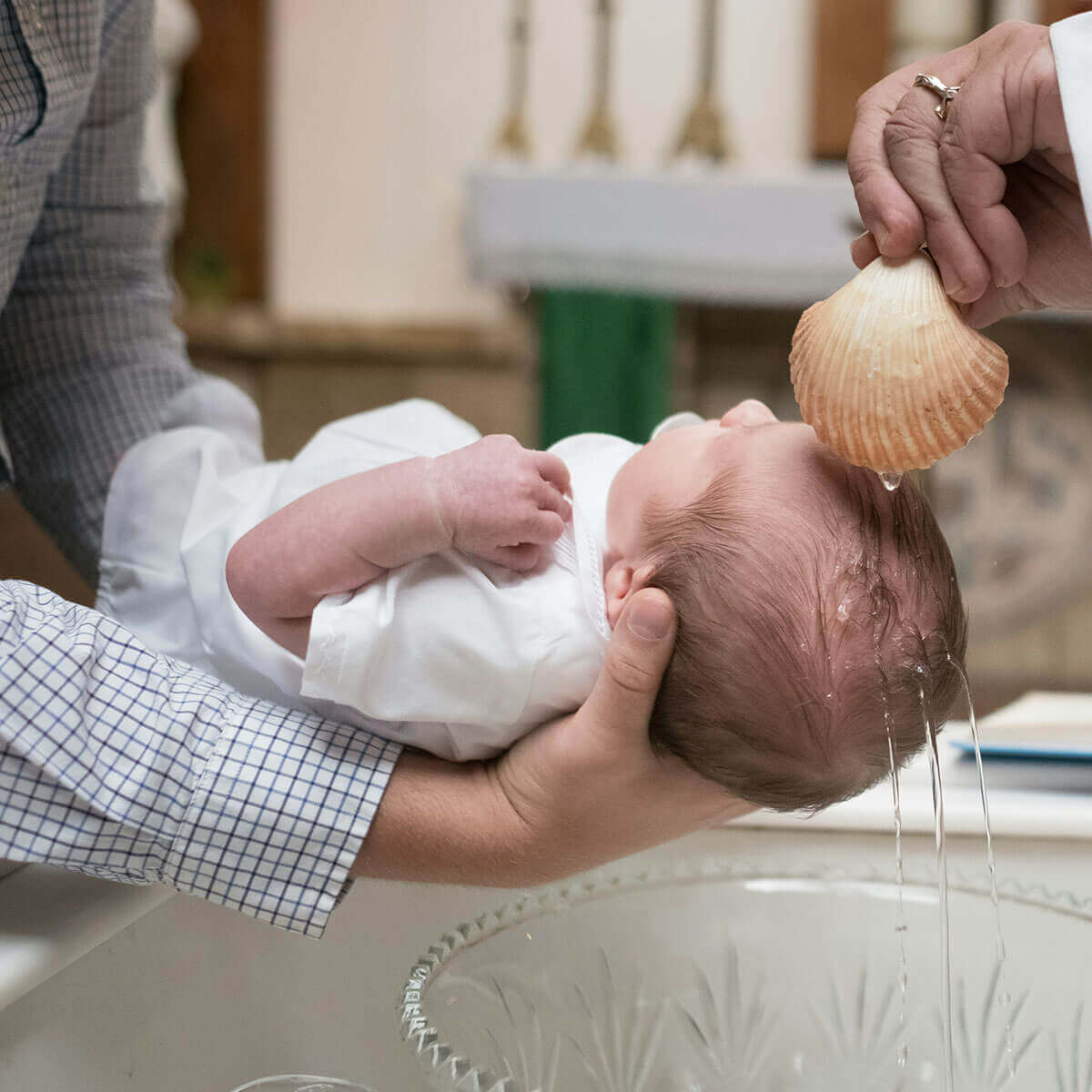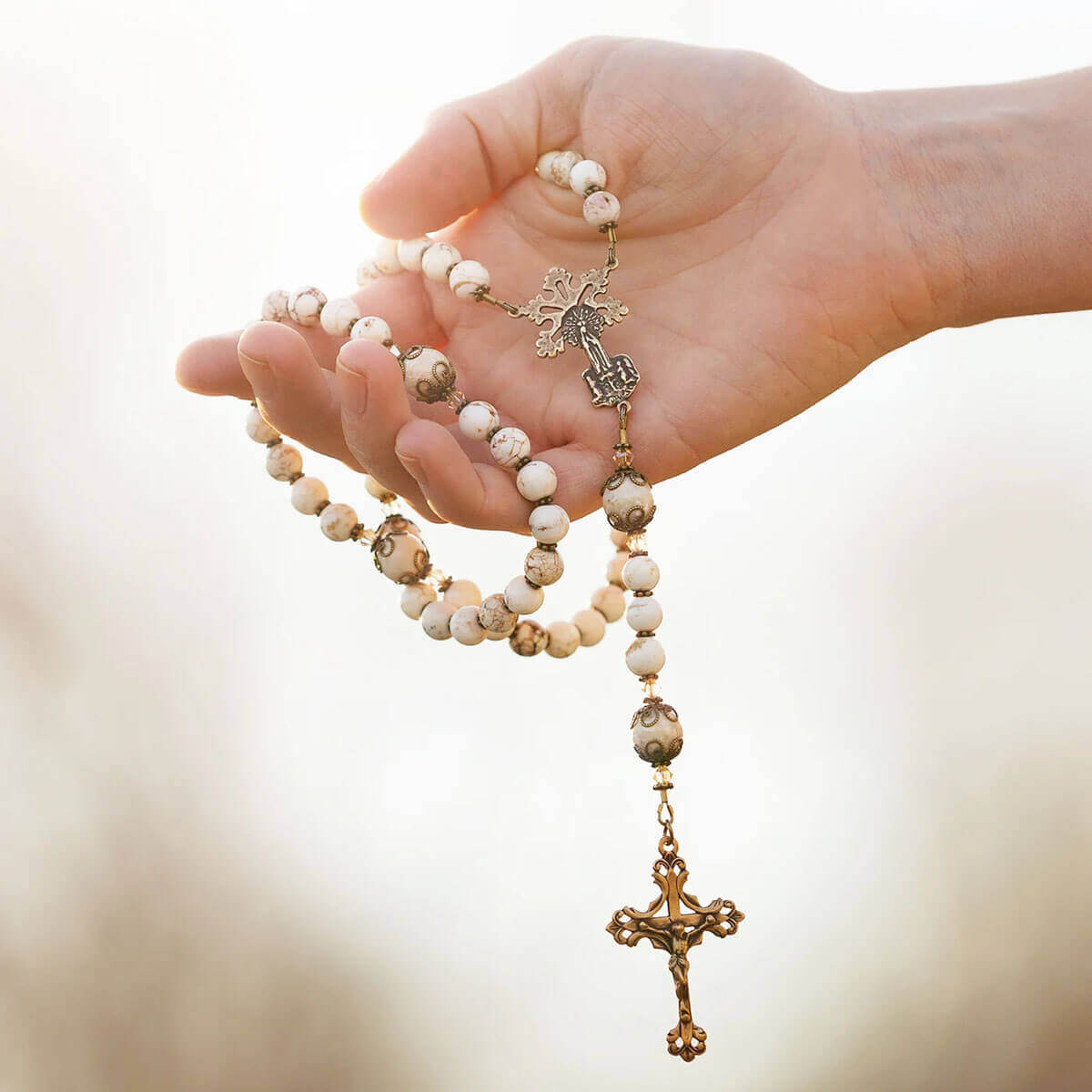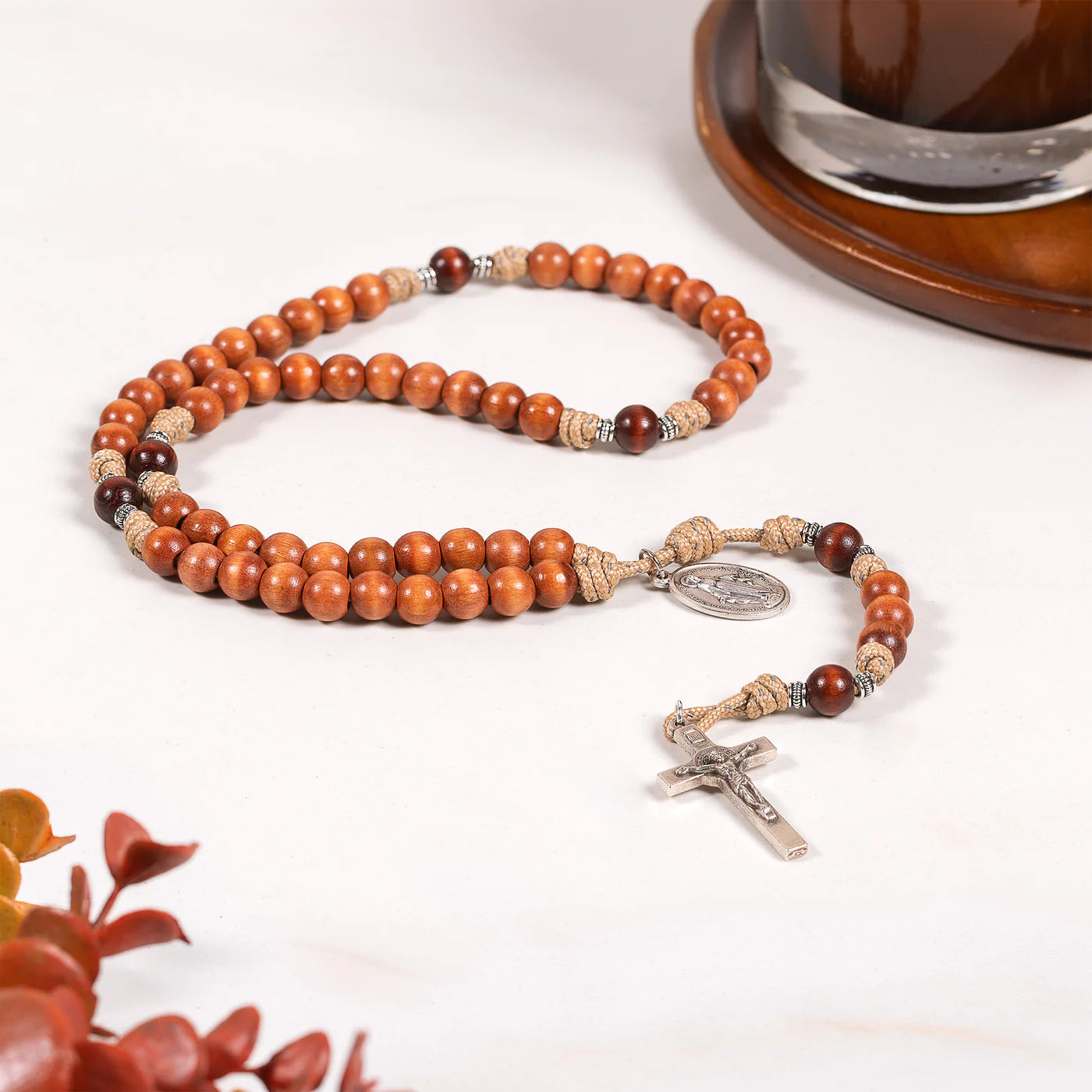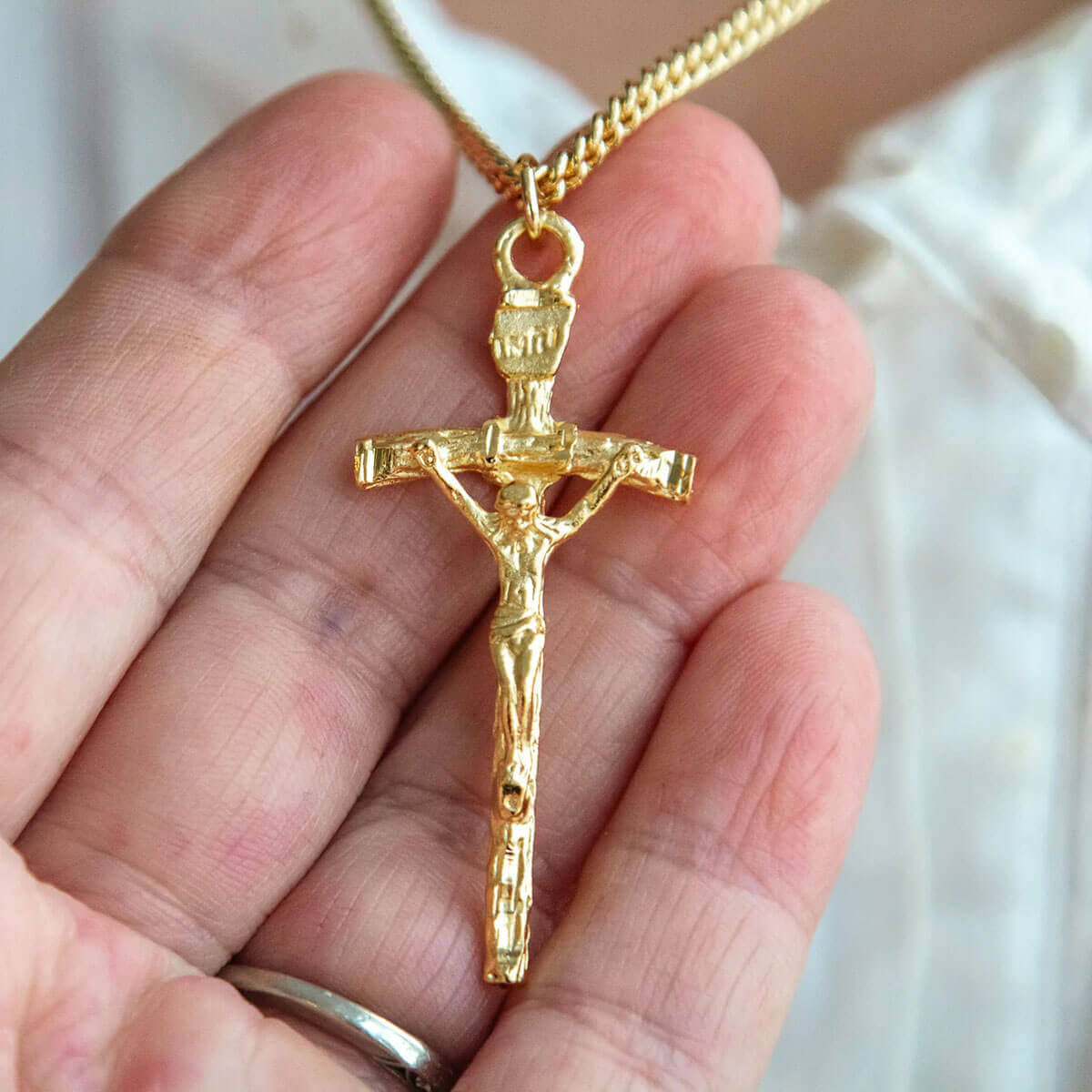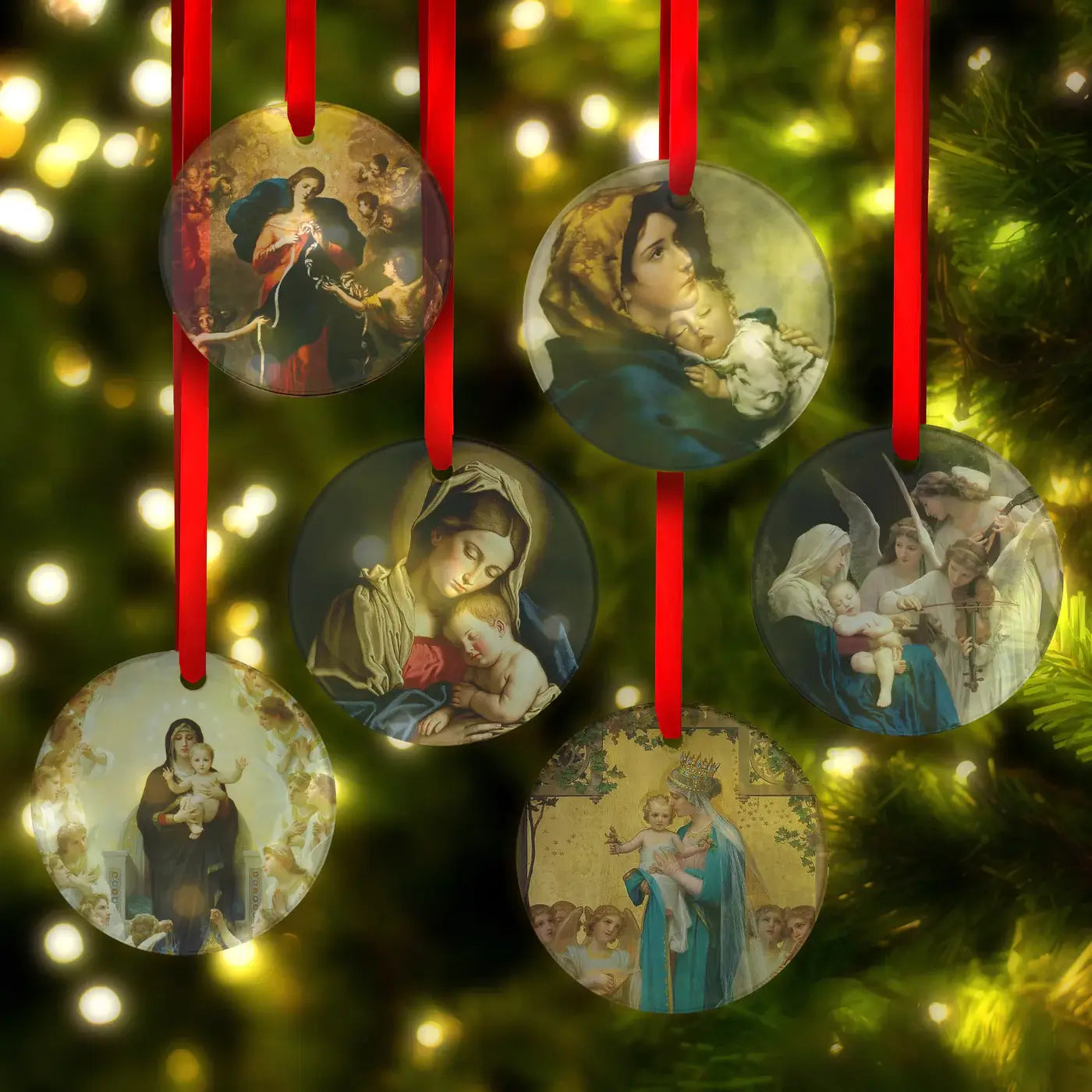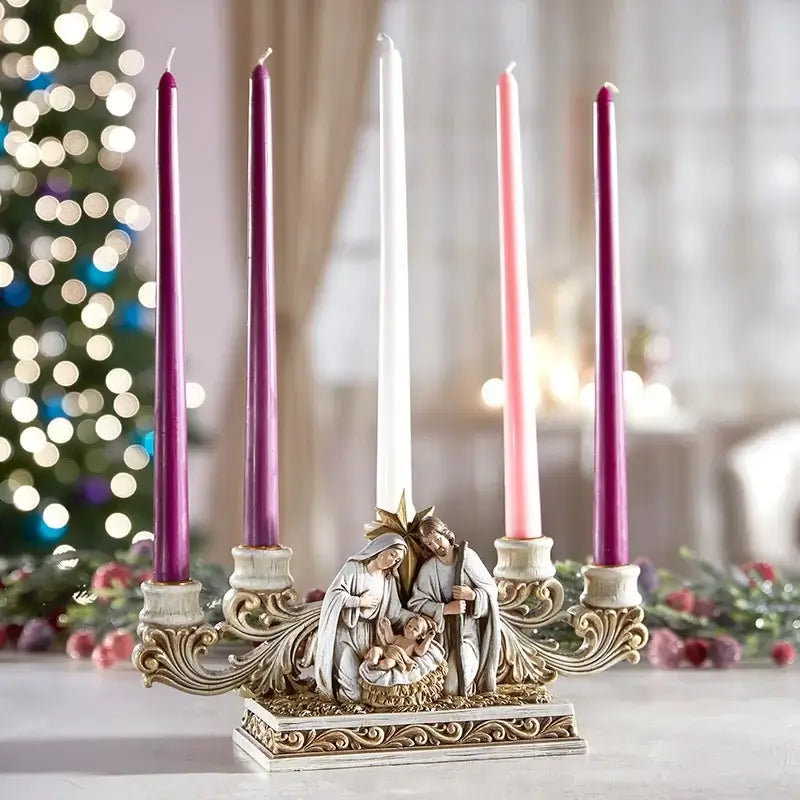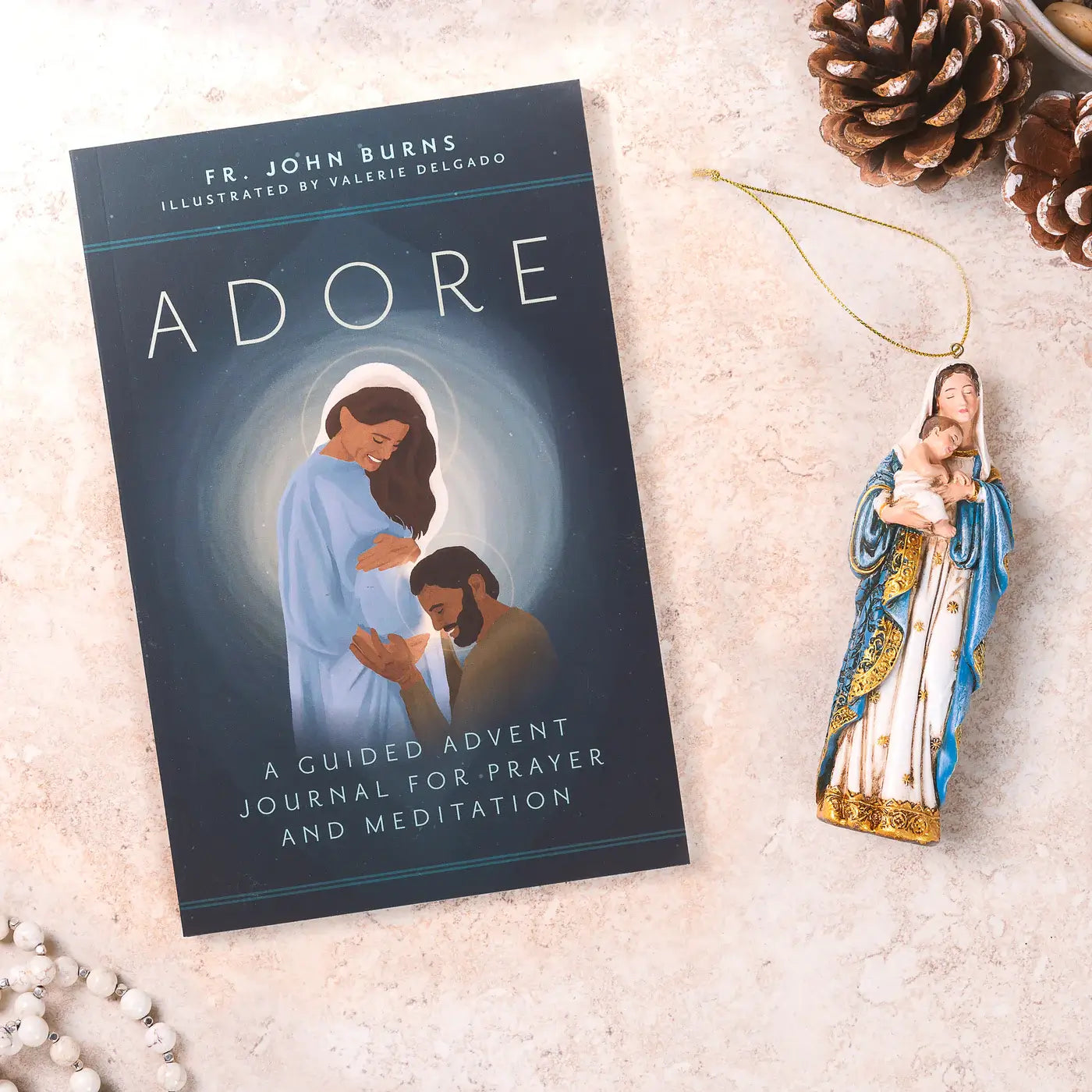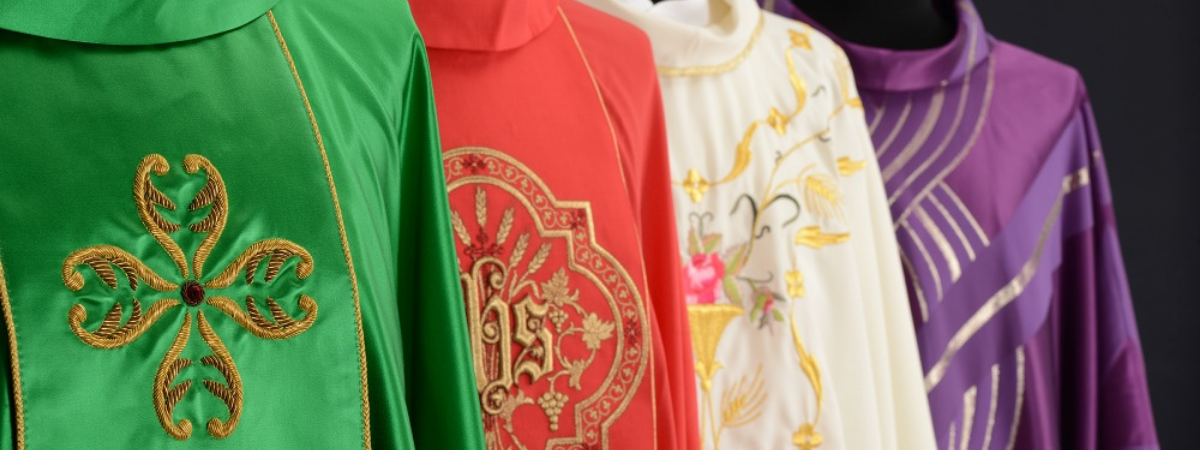Christianity isn't just lived. It's celebrated.
That's because our faith isn't merely about doctrine.
It includes a plethora of saints, historical events, and divine mysteries that are uniquely honored throughout the year with appointed festivals (known as "feast days"). This happens according to a set rhythm called the liturgical calendar.
Liturgy is "the work of God," that is, it fulfills the duties of praise and worship which we owe to God as His creatures. The liturgy is the work of divine worship the offered to God by the Church every hour of every day, the greatest of which is the Holy Sacrifice of the Mass, followed by the Divine Office (also known as the Liturgy of the Hours).
Just as the earth revolves around the sun according to a set pattern we call an orbit, so too the Church revolves around the Son of God, Jesus Christ, according to the pattern set by the liturgical calendar.
The liturgical calendar puts the universal Church—which has been established all over the world—on the same page so that we can celebrate and worship God in unison as the one Body of Christ. It also places heaven and earth on the same clock, so to speak; it unites heaven (our eternal home) with earth (our pilgrimage journey). As we celebrate a feast day here on earth, be assured that the angels and saints in heaven are doing the same in tandem with us, but in a far more excellent way.
The liturgical calendar isn't just for the Church in general; it should also regulate our individual lives, in how we pray and worship, both publicly and privately.
Some countries and cultures celebrate certain feasts with particular pomp and fanfare. For example, there's nothing better than celebrating the feast of St. John the Baptist in Florence, Italy; Holy Week in Spain; St. Patrick's day in Ireland; or Advent in the Philippines.
Wherever we live, the liturgical calendar is something splendid that we're all meant to experience with joy.
(If you want to live a Catholic life that is richer and more deeply liturgical, you'll want to sign up for this series: Catholic at Home. Don't miss it!)
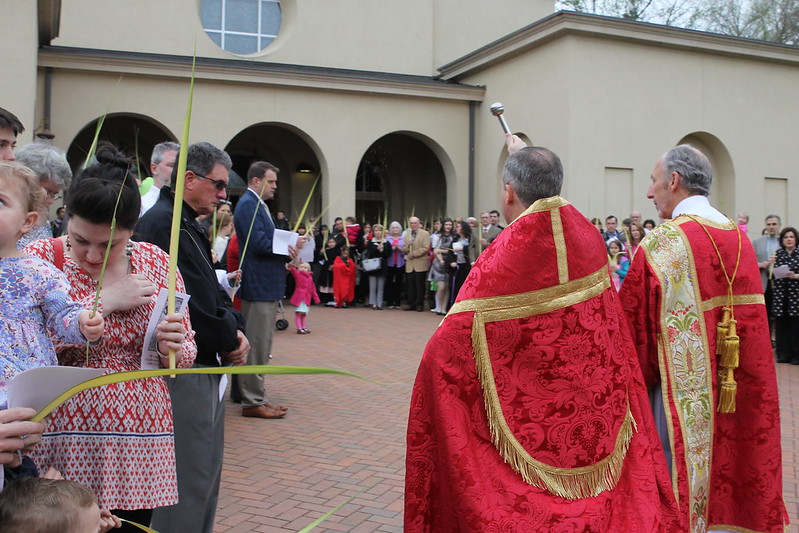
The Benefit of Living Liturgically
If we want to know how to properly honor and worship God today, in union with the Body of Christ in heaven and on earth, we can turn to the liturgical calendar.
What mystery of the Christian faith is heaven and earth celebrating today?
What event in salvation history are we re-living?
Which saint's triumph are we honoring?
Which Scripture passages are we reading, and what prayers are we reciting?
The liturgical calendar tells us all of this. Each day, each season, is something different, glorious, and joyful; it teaches us how to love God and live a good and holy life in subtle and overt ways.
[[daily-roman-missal-third-edition, the-holy-mass-rosary]]
Our primary duty in life is to worship God and to do all things for His glory. As the Baltimore Catechism teaches us, "To gain the happiness of heaven we must know, love, and serve God in this world." Our training for heaven begins here and now.
The liturgical calendar helps us order and structure our lives in a way that's pleasing to God—a way that will bring His peace into our lives and souls. When we aren't living in harmony with our spiritual Body, life will feel more complicated, uncertain, and confusing.
When we live in harmony with the Body of Christ—our spiritual family as the children of God—we know what God wants for us and can do it, rather than being distracted and sidelined by non-essential things that can never satisfy us, but only leave us feeling depleted. We must get our life, energy, and growth by revolving around the Son. What an incredible way to bring divine meaning and an exalted purpose into our daily lives!
The Liturgical Seasons
Generally speaking, we can imagine the natural order as a reflection of the spiritual order, because both are revelations of the same God. Just as there are four seasons of the year that guide the life of nature, there are four major seasons that guide the life of the Church: Advent, Christmas, Lent, and Easter. The period outside these seasons is called "Ordinary Time"—that is, tempus per annum, or "time during the year."
Advent is a period of penance and preparation before the celebration of Christ's birth at Christmas, while Lent is a period of penance and preparation before the celebration of Christ's Passion, Death, and Resurrection at Easter. (Technically, the three-day period encompassing Holy Thursday, Good Friday, and Holy Saturday is its own liturgical season, distinct from Lent. It's called the Triduum.)
The new liturgical year begins on the first Sunday of Advent and concludes on the feast of Christ the King (the final Sunday before Advent begins). This symbolizes the eternal truth that all things begin and end in Jesus Christ:
"I am the Alpha and the Omega, the first and the last, the beginning and the end” (Rev. 22:13).
Advent: How to celebrate Advent Like a Catholic
Lent: Lenten Season 101: A Guide for Everything You Need to Know
Solemnities of the Year
The feasts on the liturgical calendar have different rankings that determine their importance, with solemnities being the highest rank.
Below is a list of solemnities, that is, the most important feast days celebrated by the Church throughout the year. These are the feasts that we should regard with special honor and devotion, primarily by attending Mass if possible. You can add to this list the patron saint feast days of your particular parish, diocese, city, country, et cetera.
It's not that you have to attend Holy Mass (unless the solemnity is a Holy Day of Obligation), but you should want to celebrate and receive the unique graces that each liturgical celebration will bring into your life. After all, who doesn't need more grace?
Fixed Solemnities (Determined by Date)
January 1: Solemnity of Mary, Mother of God
January 6: Epiphany of the Lord (In the United States, Epiphany transfers to the Sunday after January 1)
March 19: St. Joseph, Husband of Mary
March 25: The Annunciation of the Blessed Virgin Mary
June 24: Nativity of St. John the Baptist
June 29: Sts. Peter & Paul
August 15: Assumption of the Virgin Mary into Heaven
November 1: All Saints Day
December 9: Immaculate Conception of the Blessed Virgin Mary
December 25: The Nativity of the Lord (Christmas)
Variable Solemnities:
Easter Sunday
Divine Mercy Sunday (2nd Sunday of Easter)
Ascension of the Lord
Pentecost
Trinity Sunday
Corpus Christi
Sacred Heart of Jesus
Christ the King
Holy Days of Obligation
Some solemnities are so essential to our understanding of our redemption in Jesus Christ, and the duties of worship and praise we're obliged to return to Him as a result, that they have been deemed as Holy Days of Obligation by the bishops. This means that the faithful are obliged to hear Mass on this day under pain of mortal sin—excepting those who have serious reason to be excused from this obligation, for example, in the case of illness.
Each and every Sunday is a Holy Day of Obligation, along with the following solemnities for those who live in the United States (unless the bishop transfers the celebration to the nearest Sunday—check with the diocese where you live).
- January 1, the Solemnity of Mary, Mother of God
- Thursday of the Sixth Week of Easter, the Solemnity of the Ascension of Jesus into Heaven
- August 15, the Solemnity of the Assumption of the Blessed Virgin Mary into Heaven
- November 1, the Solemnity of All Saints
- December 8, the Solemnity of the Immaculate Conception
- December 25, the Solemnity of the Nativity of Our Lord Jesus Christ (Christmas)
How Can I Follow the Liturgical Calendar?
If you want to enrich your spiritual life, live and pray according to the Church's liturgical calendar! That's what it's there for. Each feast and season of the year offers a unique perspective to reflect and meditate on the Life of Christ, the glory of His saints, and the work of our salvation.
There are three main ways you can do this:
1. Catholic Calendars
Purchase a Catholic wall calendar that includes the feasts and seasons of each month, or use this online option from the USCCB: liturgical calendar for the dioceses of the United States of America.
You can also take a few minutes to load the solemnities listed at the above link into the calendar on your computer or phone. Be sure to also include the feast days of your favorite saints!
2. The Roman Missal
Purchase a Roman Missal to follow the readings for the Holy Sacrifice of the Mass (available as a Sunday Mass Missal or a Daily Mass Missal).
Find our guide here: How to Use & Choose a Catholic Missal
You can also subscribe to the free daily Catholic devotional email, the Morning Offering, and find links to view the Mass readings online.
3. The Breviary
Purchase a breviary to pray the Church's daily liturgical prayer outside of Mass, called the Divine Office or the Liturgy of the Hours. The recommended "hours" for the laity to pray are Lauds (Morning Prayer), Vespers (Evening Prayer), and/or Compline (Night Prayer).
Find our guide here: How to Pray the Liturgy of the Hours
You can also subscribe to the free daily Catholic devotional email, the Morning Offering, and find links to pray the Divine Office online.
What questions or thoughts do you have about the liturgical calendar? Please comment below!

[[10436, 8650]]



